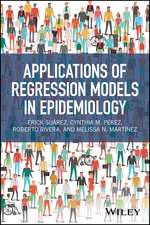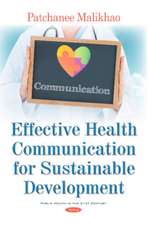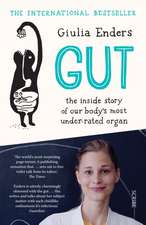Is Prevention Better than Cure?
Autor Louise B. Russellen Limba Engleză Paperback – 1986
A growing body of research indicates that prevention offers the promise of better ways to maintain health and extend life. In this timely volume, Louise B. Russell shows that preventive measures are not as simple as often depicted—while many do improve health, they are not without risk or cost, and in fact rarely reduce medical expenditures. Each measure, she argues, must be evaluated individually and in all its dimensions: health benefits, health risks, and resource costs.
To demonstrate the many factors involved in evaluating preventive measures, Russell examines the policy debates about smallpox and measles vaccination, screening and drug therapy for hypertension, and exercise. She uses these case studies to explain the methods of cost-effectivness analysis, showing how the choice among health investments can be made a more rational exercise. The volume concludes with a suggested framework for the design of future cost-effectiveness evaluations.
Policymakers in and out of the health field will benefit from this lucid examination of the potential of prevention for improving health and changing the allocation of limited resources.
To demonstrate the many factors involved in evaluating preventive measures, Russell examines the policy debates about smallpox and measles vaccination, screening and drug therapy for hypertension, and exercise. She uses these case studies to explain the methods of cost-effectivness analysis, showing how the choice among health investments can be made a more rational exercise. The volume concludes with a suggested framework for the design of future cost-effectiveness evaluations.
Policymakers in and out of the health field will benefit from this lucid examination of the potential of prevention for improving health and changing the allocation of limited resources.
Preț: 148.42 lei
Preț vechi: 156.23 lei
-5% Nou
Puncte Express: 223
Preț estimativ în valută:
28.40€ • 29.34$ • 23.63£
28.40€ • 29.34$ • 23.63£
Carte tipărită la comandă
Livrare economică 19 martie-02 aprilie
Preluare comenzi: 021 569.72.76
Specificații
ISBN-13: 9780815776314
ISBN-10: 0815776314
Pagini: 134
Dimensiuni: 152 x 229 x 10 mm
Greutate: 0.2 kg
Editura: Brookings Institution Press
Colecția Brookings Institution Press
ISBN-10: 0815776314
Pagini: 134
Dimensiuni: 152 x 229 x 10 mm
Greutate: 0.2 kg
Editura: Brookings Institution Press
Colecția Brookings Institution Press
Notă biografică
Louise B. Russell, a senior fellow in the Brookings Economic Studies program, is the author of Technology in Hospitals: Medical Advances and Their Diffusion (Brookings, 1979) and The Baby Boom Generation and the Economy (Brookings, 1982).
Descriere
A growing body of research indicates that prevention offers the promise of better ways to maintain health and extend life. In this timely volume, Louise B. Russell shows that preventive measures are not as simple as often depicted—while many do improve health, they are not without risk or cost, and in fact rarely reduce medical expenditures. Each measure, she argues, must be evaluated individually and in all its dimensions: health benefits, health risks, and resource costs.
To demonstrate the many factors involved in evaluating preventive measures, Russell examines the policy debates about smallpox and measles vaccination, screening and drug therapy for hypertension, and exercise. She uses these case studies to explain the methods of cost-effectivness analysis, showing how the choice among health investments can be made a more rational exercise. The volume concludes with a suggested framework for the design of future cost-effectiveness evaluations.
Policymakers in and out of the health field will benefit from this lucid examination of the potential of prevention for improving health and changing the allocation of limited resources.
To demonstrate the many factors involved in evaluating preventive measures, Russell examines the policy debates about smallpox and measles vaccination, screening and drug therapy for hypertension, and exercise. She uses these case studies to explain the methods of cost-effectivness analysis, showing how the choice among health investments can be made a more rational exercise. The volume concludes with a suggested framework for the design of future cost-effectiveness evaluations.
Policymakers in and out of the health field will benefit from this lucid examination of the potential of prevention for improving health and changing the allocation of limited resources.










